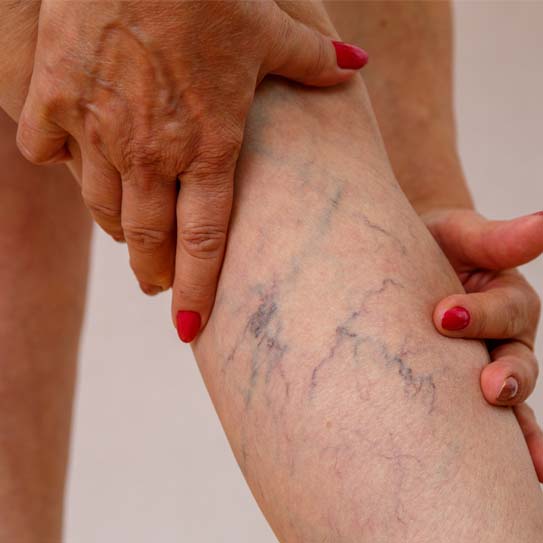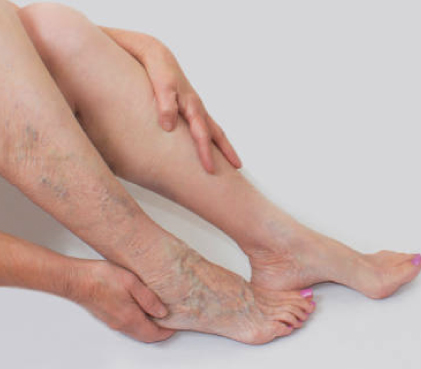
The size and placement of the stones, underlying disorders, and the patient's general health are all things the surgeons advocate having evaluated before doing RIRS. On the day of operation, each patient must bring their test results with them. Before RIRS, the following diagnostic procedures are frequently used:
Imaging tests (MRI, abdominal ultrasound, and KUB X-Ray)
Test for blood urea nitrogen (BUN)
Urinalysis Blood test
The steps involved in RIRS are as follows: Anaesthesia is administered to the patient, keeping them unconscious throughout the procedure. Depending on the patient's option, the doctor may perform this treatment under spinal or general anaesthesia. The surgeon next uses an endoscope, a long, flexible tube, to enter the urethra and access the kidney's collecting system for urine. A screen outside allows the physicians to view the pictures during this x-ray-guided surgery. This enables the surgeon to carry out the treatment more skillfully.
Being ready for the procedure ensures a smooth surgical experience. As with any operation, planning is essential for RIRS since it increases the procedure's effectiveness and lowers the chance of complications. To assist you in getting ready for the procedure, your doctor will offer you some instructions. Here are some tips to get ready for RIRS:


Does RIRS have insurance coverage?
Yes. Kidney stone surgery is seen as a medical necessity and is thus covered by health insurance since kidney stones that are left untreated can cause difficulties in both adults and children. The insurance provider's terms and conditions, however, might affect the insurance coverage.
How long does the RIRS method require?
RIRS typically takes one to two hours to complete. The size, quantity, and position of the stone, the patient's age and general health, the urologist's level of expertise, and other factors can all affect how long the procedure takes.
Does RIRS hurt?
Actually, no. Because the procedure is done under anaesthesia, there is no pain. Additionally, there are no cuts or sutures involved. Although it should be tolerable, individuals may suffer some slight pain or discomfort following the procedure as a result of the stent implantation.
Is RIRS an effective kidney stone treatment?
Yes. Kidney stones can be treated safely and successfully with RIRS in both adults and children. It has a low risk of complications, and the recovery time is likewise quite brief.

Also known as endovenous laser treatment or EVLA, this is a minimally invasive ultrasound-guided procedure that involves the use of ultrasound images and laser fiber in order to kill the delicate lining of the veins. After a few days following the procedure, the body absorbs the dead tissues, closing off the abnormal veins with minimal or no discomfort. This is one of the most commonly preferred methods as it involves far fewer complications, and the recovery time, as well as the success rate of this method, is much faster and higher than that of any surgical process.

Also known as endovenous laser treatment or EVLA, this is a minimally invasive ultrasound-guided procedure that involves the use of ultrasound images and laser fiber in order to kill the delicate lining of the veins. After a few days following the procedure, the body absorbs the dead tissues, closing off the abnormal veins with minimal or no discomfort. This is one of the most commonly preferred methods as it involves far fewer complications, and the recovery time, as well as the success rate of this method, is much faster and higher than that of any surgical process.

Also known as endovenous laser treatment or EVLA, this is a minimally invasive ultrasound-guided procedure that involves the use of ultrasound images and laser fiber in order to kill the delicate lining of the veins. After a few days following the procedure, the body absorbs the dead tissues, closing off the abnormal veins with minimal or no discomfort. This is one of the most commonly preferred methods as it involves far fewer complications, and the recovery time, as well as the success rate of this method, is much faster and higher than that of any surgical process.